The Hazy Evolution of Cannabis
How did such a strange plant like cannabis come to be in the first place? When and where did we first domesticate it? And why oh why does it get us high?
Episodes
-
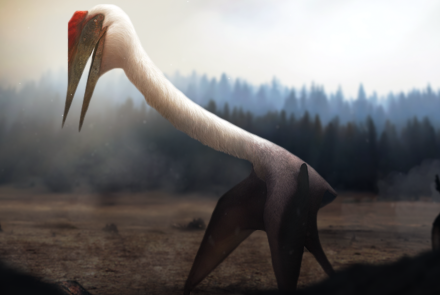
When Pterosaurs Walked
S4 E16 - 9m 38s
If you know one thing about pterosaurs, it’s that they’re flyers. And while pterosaurs may be well-known for their domination of the skies in the Mesozoic Era, they didn’t live their entire lives in the air. So how did we figure this out? And what were they like when they finally came down?
-

The 40 Million-Year-Old Ecosystem In Your Mouth
S4 E15 - 8m 14s
The hardened residue scraped off your teeth at the dentist is called your dental calculus, and your dental calculus is the only part of your body that actually fossilizes while you’re alive! And scientists have figured out how to study & trace the evolutionary history of these microbes over tens of millions of years.
-
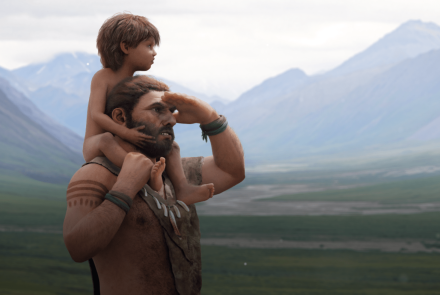
Why The Paleo Diet Couldn't Save The Neanderthals
S4 E14 - 9m 17s
These relatives of ours lived in Eurasia for more than 300,000 years. They were expert toolmakers, using materials like stone, wood, and animal bone. They were also skilled hunters and foragers, and may even have created cave art. So what caused the decline and disappearance of their population?
Well, in a way...it could’ve been us. But maybe not in the way you might’ve heard. -
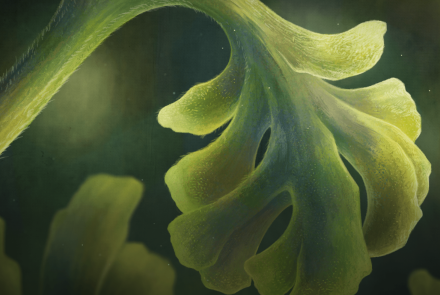
When It Was Too Hot for Leaves
S4 E13 - 10m 11s
Plants first made their way onto land at least 470 million years ago but for their first 80 million years, leaves as we know them today didn’t exist. What held them back?
-
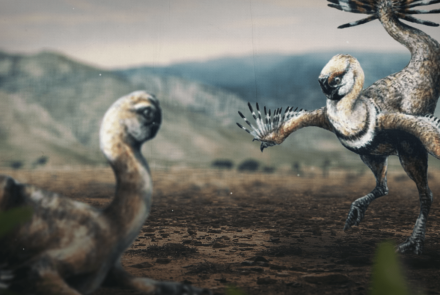
How Dinosaurs Coupled Up
S4 E12 - 7m 49s
Dinosaur mating behavior has been the subject of a lot of speculation, but what can we actually say about it from the fossil record? This video features reconstructions by Xing Lida, Sydney Mohr, Nathan E. Rogers, Franz Anthony, Steveoc 86, and Emily Willoughby. The thumbnail includes a reconstruction by Sydney Mohr.
-
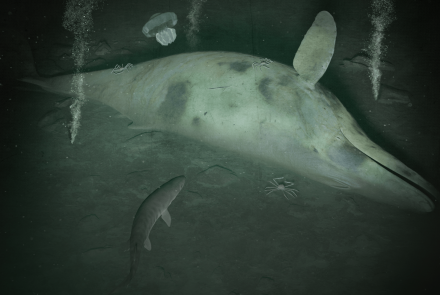
How Ancient Whales May Have Changed the Deep Ocean
S4 E11 - 10m 5s
It looks like the evolution of ocean-going whales like Borealodon may have affected communities found in the deep ocean, like the ones found around geothermal vents. And it turns out that when a whale dies, that’s just the beginning of the story.
-
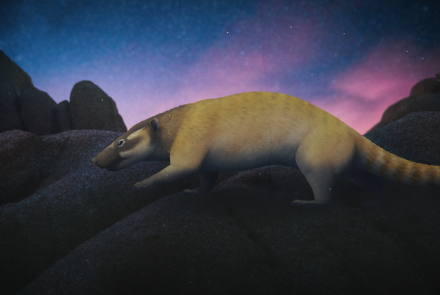
When Mammals Only Went Out At Night
S4 E10 - 11m 9s
For decades, scientists believed dinosaurs were diurnal and tiny mammals were nocturnal. But as researchers have uncovered more mammalian fossils and studied the biology of different dinosaur species, they’ve found some surprising results.
-
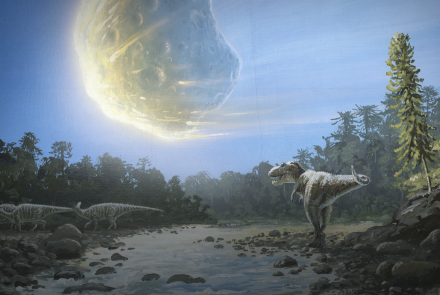
How a Mass Extinction Event Created the Amazon
S4 E9 - 7m 55s
The Amazon rainforest of South America is a paradise for flowering plants. But long ago, the landscape that we now think of as the Amazon looked very different. And would you believe that the entire revolution of the Amazon began with just one day?
-
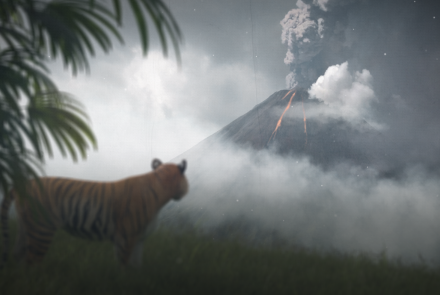
How a Supervolcano Ignited an Evolutionary Debate
S4 E8 - 9m 59s
The Toba supervolcano was the biggest explosive eruption of the last 2.5 million years. And humans were around to see it, or at least feel its effects! But what were those effects?
-
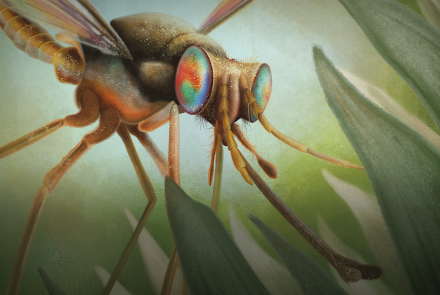
How Pollination Got Going Twice
S4 E7 - 9m 32s
The world of the Jurassic was a lot like ours - similar interactions between plants and insects were happening, but the players have changed over time. Because it looks like pollination by insects actually got going twice. More information regarding ethics on Burmese amber from the Society of Vertebrate Paleontology: https://to.pbs.org/37y1X3A
-
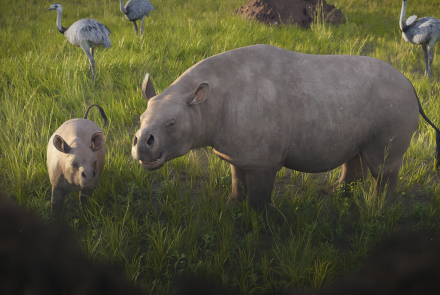
The Creature That Stumped Darwin
S4 E6 - 6m 46s
Toxodon was one of the last members of a lineage that vanished 11,000 years ago after thriving in isolation for millions of years. And its fossils would inspire a revolutionary thinker to tackle a bigger mystery than Toxodon itself: evolution.
-
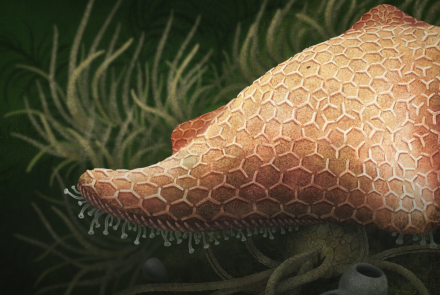
How the Starfish Got Its Arms
S4 E5 - 10m 53s
The story of how the starfish got its arms reminds us that even animals that might be familiar to us today can have incredibly deep histories - ones that stretch back almost half a billion years.
WETA Passport
Stream tens of thousands of hours of your PBS and local favorites with WETA Passport whenever and wherever you want. Catch up on a single episode or binge-watch full seasons before they air on TV.
Similar Shows

Big Pacific
Science and Nature

The Greatest Bond
Science and Nature
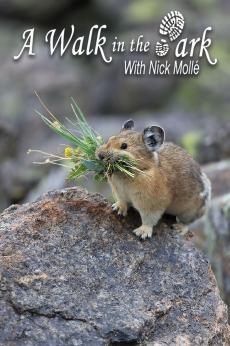
A Walk in the Park with Nick Mollé
Science and Nature
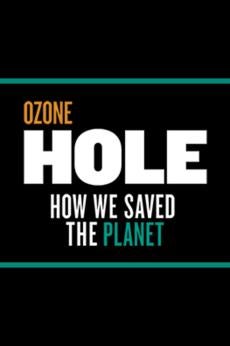
Ozone Hole: How We Saved the Planet
Science and Nature
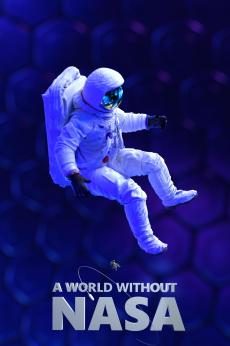
A World Without NASA
Science and Nature
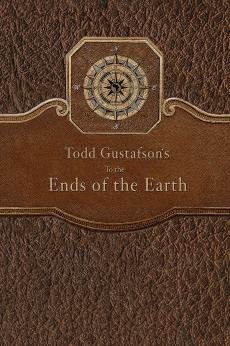
To the Ends of the Earth
Science and Nature
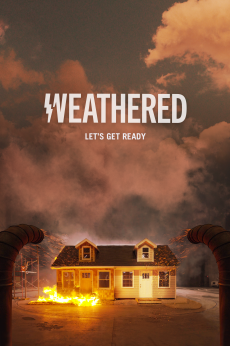
Weathered
Science and Nature
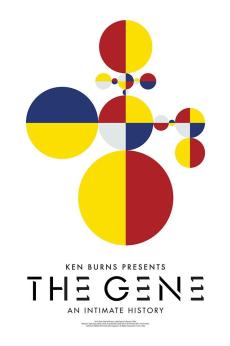
The Gene
Science and Nature
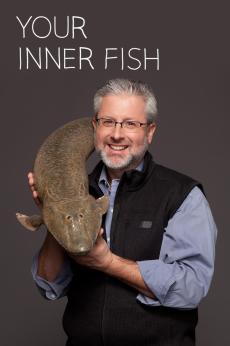
Your Inner Fish
Science and Nature
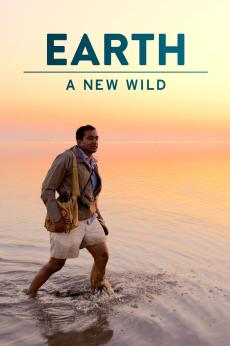
EARTH A New Wild
Science and Nature